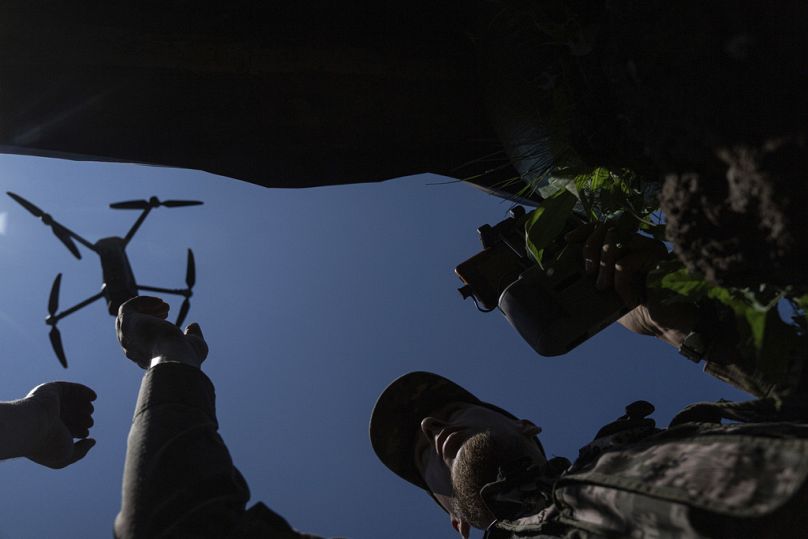The war in Ukraine is forcing experts to rethink ideas about war and is becoming a serious test for armaments.
Since Russia's full-scale invasion of Ukraine began last year, dozens of countries have moved to support Ukraine by providing it with humanitarian and military aid as a matter of principle.
Among the weapons supplied to the Ukrainian armed forces are both long-used and relatively new pieces of equipment. For all of them, the full-scale war in Europe has become a kind of test of their effectiveness in the conditions of modern combat operations.
According to the Kiel Institute for the World Economy, which studies the problems of globalisation, since the beginning of the full-scale Russian invasion, international partners have promised Ukraine more than 80 billion euros worth of military aid. But how effective are those weapons in real combat conditions?
High-profile failures
According to military expert César Pintado, Leopard tanks and Bradley BMP infantry vehicles, for example, have had "a bad start". At the same time, the shortcomings of some older models, such as wheeled tanks, have come to light, indicating that they are no longer worth using in modern warfare.
Analysts, however, tend to attribute this to mistakes in the use of such vehicles and a lack of training. Matthew Schmidt of the University of New Haven draws attention to the difference in approaches to warfare in the West and the East. He says it's important to consider that established interoperability with other branches of the military serves as a kind of multiplier to increase the effectiveness of the same tank battalions in the US, and that training takes time and practice:
"If French tanks were operated by well-trained NATO troops, there would be fewer losses of these tanks in Ukraine. Not because NATO troops are technically more adept at interacting with tanks, but because they know how to operate them in combination with other systems such as artillery or infantry. They have better communication skills."
Schmidt believes that, over time, the Armed Forces of Ukraine (AFU) have been able to significantly improve their handling of Western equipment. But it takes more than that to succeed in warfare.
A war of the present and the future
One of the notable features of this conflict is the large-scale use of drones. César Pintado says that it is in Ukraine that drones have become a basic element of warfare. He calls it a "revolution":
"The nature of warfare is changing before our eyes, sometimes quietly, sometimes spontaneously, but without doubt the foundations are being laid for a revolution, for a completely different way of fighting. It is like the introduction of aviation in the First World War."
Matthew Schmidt, for his part, is less inclined to praise the use of drones. On the contrary. In his opinion, strike drones have rather shown their ineffectiveness.
"Communication and electronic warfare have played a much more important role," says the University of New Haven professor of international affairs, national security and political science.
He cites as an example a programme to collect eyewitness accounts of Russian military movements: The AFU used already existing services to send complaints about problems in the housing and utilities sector so that Ukrainians could share information with the army.
"Once cross-checked and confirmed, this data significantly improves the awareness and coordination of troops in the combat zone," Schmidt notes.
He also notes the importance of wiretapping and suppression of communications systems. Particularly in the early months of the Russian invasion, these allowed for the interception of classified information and prevented Russian units from sharing information. According to Schmidt, the development of these areas is key to Ukraine's success in a future confrontation with Russia, as the sides seek to strengthen their military capabilities:
"Do you see these innovations now? I think it will be even better. Now it has to be done quickly. You have to improvise. But in a future stabilised conflict, we will see many long-term innovations. And on the Russian side, it will take the military a decade or more to rebuild what they lost in this war. And the main thing the Russians will learn from this war is that their systems are not very good."












